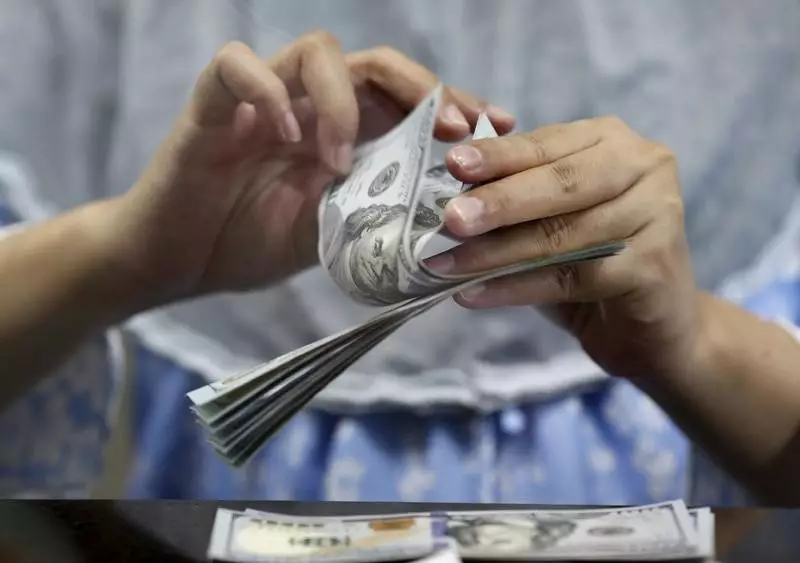The recent uptick in the U.S. dollar can be traced back to the shifting tides in American politics, particularly with the potential candidacy of former President Donald Trump for the presidency. As polling shows Trump gaining momentum against Vice President Kamala Harris, market sentiment has begun to reflect this shift, giving rise to what’s being referred to as the “Trump trade.” This aligns investor speculation with expectations of a Trump victory, which is perceived to spur economic growth and bolster the dollar initially. However, a deep dive into the implications of such political shifts reveals that this connection may not hold steady over the long term.
UBS, a global financial services company, has voiced its skepticism regarding the sustainability of the current dollar rally amid Trump’s presidential bid. According to a note released by the bank, while they acknowledge the potential for a temporary dollar bounce should Trump secure the presidency, they urge caution against assuming that these gains will translate into enduring strength for the greenback. The sentiment from UBS is that factors influencing the currency market extend beyond presidential elections and must take into account broader economic conditions, trade policies, and international relations.
Political events, such as elections, can create volatile trading environments as investors react swiftly to news cycles. However, a deeper analysis shows that the so-called “Trump trades” might be influenced by short-lived excitement rather than a sustainable economic foundation. The dollar can experience rapid fluctuations in the wake of political announcements, but investors should be wary of setting too much stock in these temporary surges. The prospect of heightened market activity surrounding Trump does not guarantee a stable or healthier dollar in the latter half of his potential presidency.
Looking further into the future, UBS predicts a shift in the euro-dollar exchange rate, forecasting it to gravitate toward the 1.16 mark by 2025. This projection suggests that, while there may be some immediate reflections of Trump’s resurgence in currency values, the long-term outlook does not necessarily bode well for the dollar. Investors must regard these fluctuations with a critical lens and consider the multifaceted elements that lie beneath surface-level improvements—elements such as fiscal policy changes, the Federal Reserve’s monetary strategies, and various geopolitical factors.
The recent rally in the U.S. dollar amid Donald Trump’s political resurgence underscores the complex relationship between politics and currency valuation. While immediate reactions can drive the market, sustained economic fundamentals are vital for long-term stability. As political dynamics continue to evolve, prudent investors should remain cautious, recognizing that the allure of the “Trump trade” could fade. Protecting investments against inevitable market corrections and focusing on underlying economic indicators will be essential for anyone looking to navigate this turbulent environment.


Leave a Reply